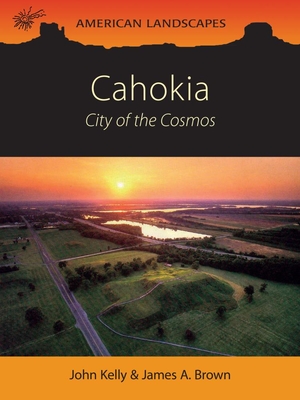
Cahokia: City of the Cosmos (American Landscapes #6)
Description
First major attempt to interpret Cahokia in the context of the occupational and cultural sequence of the wider physical landscape.
The large American Indian city of Cahokia sits amidst a diverse natural landscape within the larger central Mississippi river valley. Well positioned on the rich agricultural soils of the Mississippi river bottomlands of the Amercan Bottom it is at the core of a cultural landscape that its residents helped shape. In this volume the editors and authors attempt to not just focus on Cahokia and its configuration but also the other towns and settlements dispersed throughout the region extant for nearly four centuries. The importance of Cahokia to native peoples and to the world community as a UNESCO World Heritage site resides in its creation as a "Cosmological Center of the Universe." In order to begin comprehending where we are today in an interpretation that respects and pays homage to those that were instrumental in its conception and the implementation of a vision, one must understand the principles that underlie the Indigenous cosmology and rituals of Eastern North America. Mapping the mounds began as early as the late 18th century and thus represent the first efforts to depict what was readily seen. Over 300 sites with earthen mounds have been documented in the region and range from isolated mounds honoring the dead thousands of years ago to an array of over 100 mounds in the case of Cahokia that in some instances honored the ancestors individually and collectively. The editor's investigations over nearly 25 years have helped elucidate the significance of Cahokia as an urban center and the processes leading to its creation. The history of this sacred place are highlighted by a number of major discontinuities that represent intellectual "axis mundi" of this discussion. However, it is the broader landscape perspectives over the centuries that serve to illuminate the vibrant colors of this narrative.





